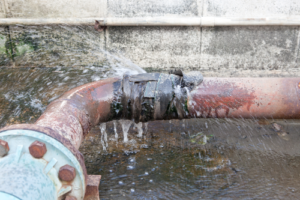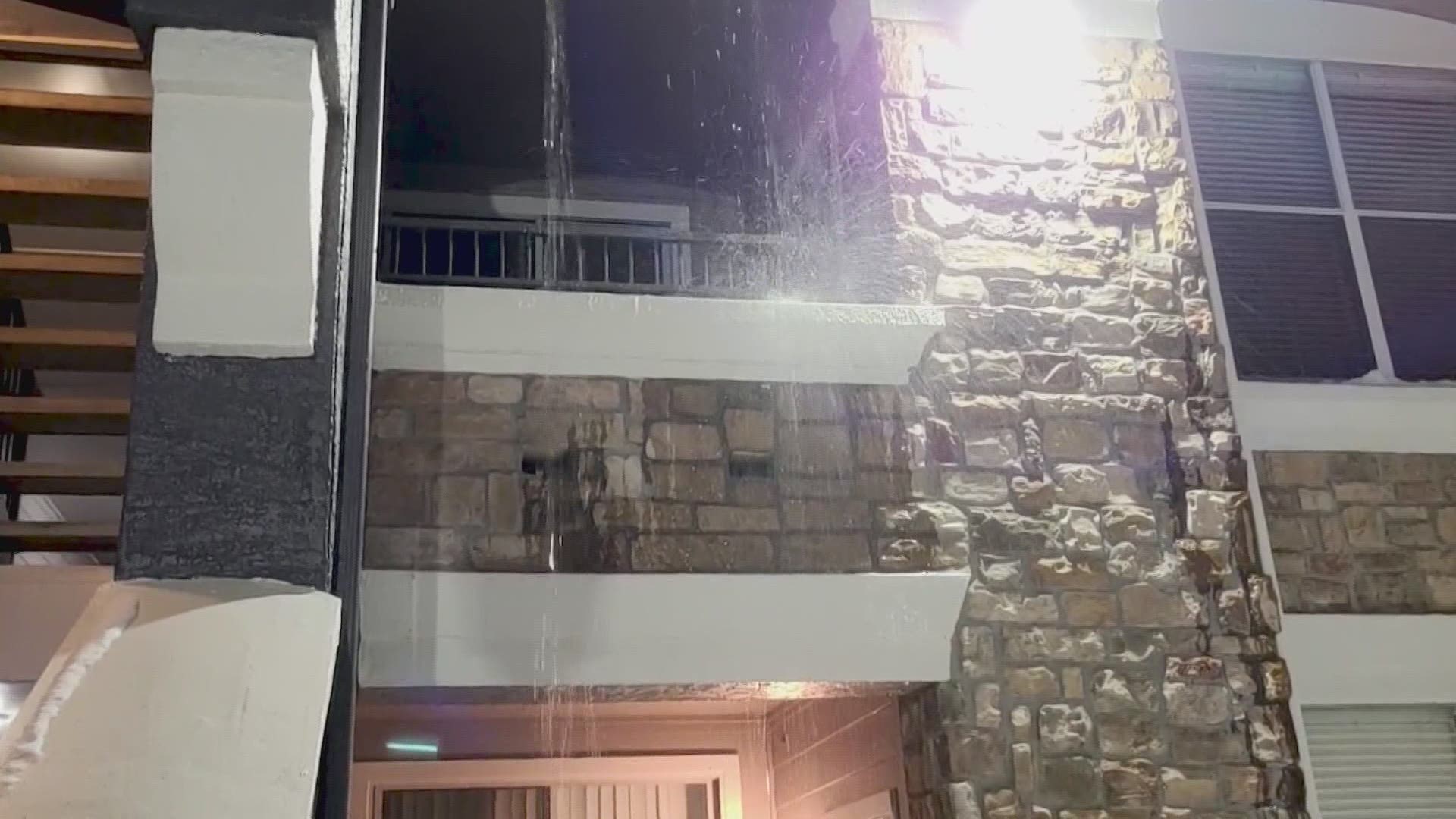Have you been on the lookout for content about What to Know Before Installing a Dishwasher?

A ruptured pipeline is a major emergency; you can only stand as you watch water you pay a lot to reunite with the planet. In worse instances, you discover a swimming pool on your kitchen area floor, which is an excellent trip threat, especially if you have kids around. If the pipeline that burst was in your wall surfaces, trouble: you may require to repaint that whole section.
Exactly how can a calamity like a ruptured pipeline be avoided and also managed? Well, by paying attention to your professional emergency plumbing technicians and complying with these regulations.
Exactly how do I recognize when my pipes have ruptured?
Fluctuating water pressures
Pipelines do not just burst in a day. You may have seen that your kitchen faucet or shower does not run immediately when you transform the tap. It may stop briefly for a couple of seconds and after that blast you with even more pressure than typical.
In other circumstances, the water may appear normal initially, after that drop in stress after a few seconds.
Damp walls as well as water discolorations
Before a pipe ruptureds, it will leak, the majority of times. If this consistent dripping goes unnoticed, the leakage might graduate right into a wide laceration in your pipeline. One easy means to avoid this emergency is to watch out for damp wall surfaces ad water spots. These water discolorations will lead you right to the leakage.
Puddles under pipelines and sinks
When a pipeline ruptureds, the outflow develops a pool. It may appear that the pool is expanding in size, as well as despite how many times you mop the pool, in a couple of minutes, there's one more one waiting to be cleansed. Often, you may not have the ability to map the puddle to any type of noticeable pipelines. This is a sign to call a professional plumber.
Untraceable leaking sounds
Pipeline bursts can happen in the most unpleasant places, like within concrete, inside wall surfaces, or under sinks. When the house goes silent, you may be able to hear an annoyingly consistent leaking sound. Also after you've checked your shower head as well as kitchen area faucet, the trickling might continue.
Dear reader, the leaking might be originating from a pipeline inside your wall surfaces. There isn't much you can do about that, except tell an expert plumber.
Shut off the Water
When water freezes, it broadens in volume by regarding 9 percent. As well as it increases with significant pressure: The stress inside pipes may go from 40 pounds per square inch to 40,000 psi! No pipe can hold that much pressure, so it breaks open. The break may occur where the ice forms, but more frequently, it happens where water pressure discovers a vulnerable point in the pipeline. That may be inches and even feet from the frozen area. Discover the water shutoff valve and turn off the water to prevent even more damages. You may likewise need to shut off the electricity too, relying on where the leakages takes place and also just how large it is.
Infected water
Many individuals presume a burst pipe is a one-way outlet. Quite the contrary. As water spurts of the hole or wound in your plumbing system, impurities locate their method.
Your water may be contaminated from the resource, so if you can, inspect if your water storage tank has any troubles. Nevertheless, if your drinking water is supplied and also cleansed by the city government, you need to call your plumber promptly if you see or smell anything amusing in your water.
What do I do when I find a ruptured pipeline?
Your water meter will remain to run even while your water wastes. To lessen your losses, find the primary controls and transform the supply off. The water mains are an above-ground framework at the edge of your residential property.
How to Fix & Detect a Leaking Pipe
How Do I Know if a Pipe is Leaking?
Leak detection tests can help you determine if your pipe has a leak. Even if you don’t see an apparent leak, you should still conduct leak detection tests regularly to save water and money—and prevent major damage to your home.
Water meter. It can be helpful to figure out what your usual water meter usage numbers are and then monitor them regularly. To monitor your meter, first, turn off all water faucets in your home. Check the meter and write down the numbers. In a few hours, check the meter again. If the numbers have changed, you have a leak. Water gauge. Use a water gauge to test your water pressure. Your showerhead should produce a certain amount of water pressure based on its model and design. If the pressure is lower than it is supposed to be for that specific showerhead, your home likely has a leak. Puddles. Look inside your bathroom, laundry, and kitchen sink cabinets. Puddles around the cabinets or around toilets, tubs, showers, and washing machines indicate the presence of a leaking pipe. You may also notice loose tiles, peeling or flaking paint, or mold caused by water accumulation. Napkin test. Even if you don’t see any puddles, you may still have a leak. You can test for water leaks in the bathroom, laundry, and kitchen by wiping below-sink connections with a napkin, paper towel, or piece of toilet paper. If it becomes damp, you probably have a leaking pipe under the sink. Discolored walls. Walls that are discolored—usually with brown or yellow stains—or bulging might mean that they have been impacted by water damage caused by a leaking pipe. Smell. A leaky pipe will create sitting water, and over time, that water may develop a musty smell. If your home smells musty, but you can’t locate the source, it may be due to a leak. Steps for Fixing a Leaking Pipe
A leaky drain can be remedied by tightening the pipe base, replacing the drain seal, caulking the rim, and tightening the pipe nut. Similarly, a leaking toilet pipe can be treated by tightening the packing nut. You may also need to replace the valve. A leaky faucet may just need tightening or replacement of the washers. If that doesn’t work, consider replacing your faucet. If your pipe has a hole in it, you may want to use a pipe leak sealer or pipe leak tape. This quick fix for water pipe leaks can also temporarily fix a copper pipe leak. https://www.ahs.com/home-matters/quick-tips/how-to-tell-if-pipes-are-leaking/

As a keen reader about How to Prepare for Your Dishwasher Installation, I thought sharing that excerpt was really helpful. In case you enjoyed reading our article kindly make sure you remember to pass it around. Bless you for your time. Visit us again soon.
Check This Out